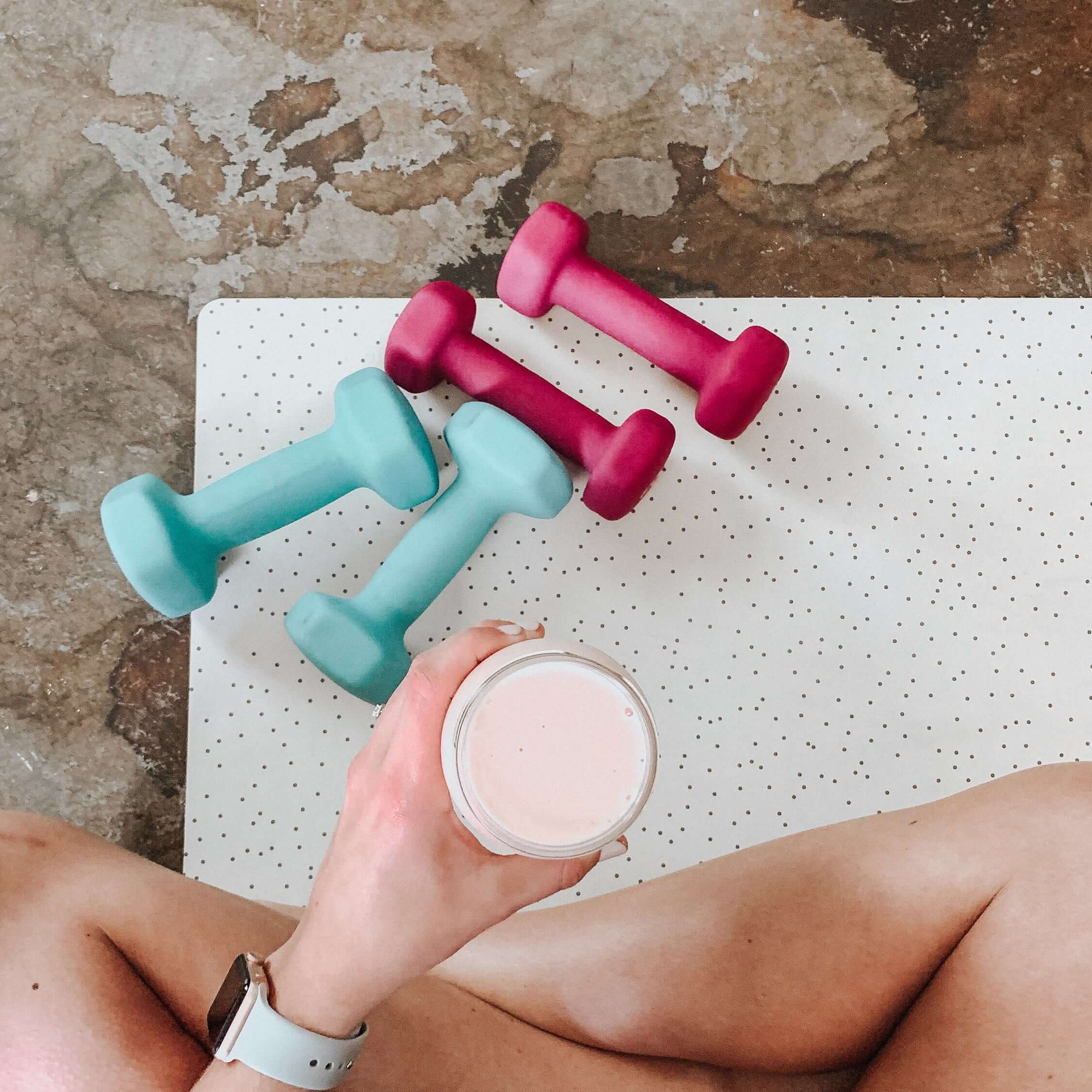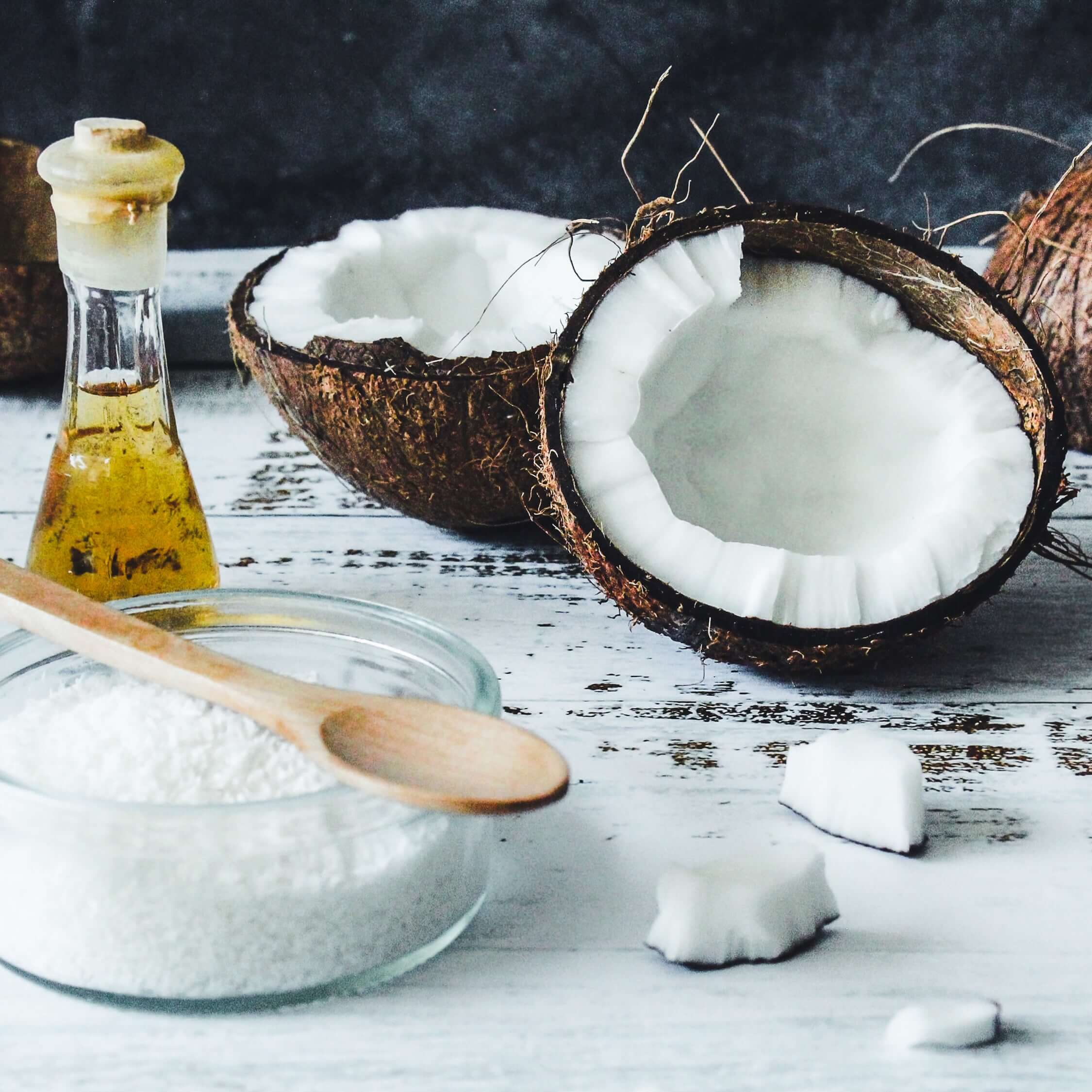How
To Get
Glowing Skin
I have a feeling this post might be popular with a lot of you, as getting the “glow” has become such a beauty must-have that there are now hundreds of cosmetic products aimed at exploiting the desire of gals (and guys) to look dewy and glowy with healthy, plump skin.
It’s funny how beauty trends come and go; when I was a teenager you wouldn’t dream of having glowing skin for fear of it appearing greasy - instead it was all powders and mat finishes. Regardless of trends, however, a real, truly healthy glow starts on the inside, not in a bottle.
Here’s how to get glowing skin, Nutritional Therapist style...
@gracekingswell
1. Food First
Feel free to spend a small fortune on ‘hair, skin and nail’ supplements if it makes you feel good, but what you actually need is a chemical free, diverse, abundant and varied diet. You can’t out supplement a bad diet (it’s a cliche but it works) and nutrient density and diversity really is your friend when it comes to glowing skin. Try to eat something from every colour of the rainbow every single day, and don’t opt for the same foods day-in-day out. For example, if you usually choose kale, try some cavolo nero or red russian instead - diversity, diversity, diversity!
The two nutrients I’ll mention here which you might want to make sure are incorporated into a multivitamin supplement if you are going to take one, are Vitamin A and Zinc. There are, of course, many more vitamins and minerals that are helpful for maintaining healthy skin, (all of them to be honest), but Vitamin A and Zinc are two that I often see at suboptimal levels. Vitamin A’s active form, retinol, can only be found in animal products (and many of us are eating a plant-based diet these days), and zinc, although easier to come by, is a fragile mineral at the best of times and gets used up in the body quite quickly. These days you can buy retinol for application directly onto the skin, but personally I prefer to keep my skincare 100% natural and let my body take what it needs from my diet.
2. Hydration
Of course, we all know how crucial staying hydrated is for healthy skin. Keeping hydrated helps maintain moisture in the skin which improves elasticity and the appearance of wrinkles. Why not try hydrating with some nutrient dense green juices as well as regular H20? That way you’re staying hydrated whilst taking on some health-promoting vitamins and minerals at the same time.

Our Gut Cleanse Protocol is an excellent way to improve your gut health and therefore the quality of your skin. Both of our gut cleanses contain probiotics and prebiotics and give your digestive system the time it needs to rest, digest and repair.
3. Red Light Therapy
Throwing a curveball in here, but have you seen those spooky red light face masks doing the rounds on social media? They’re actually fantastic for boosting collagen production in the skin. I’ve been using a red light device for the past 6 months and have noticed a big difference in the youthfulness and plumpness of my skin. My preference is for a stand alone red light, rather than a mask, so that I can use it all over my body on any eczema patches or where I have muscle fatigue. For more information on red light therapy, have a read of this recent blog post.
4. Eat fat
An unpopular solution? I hope not - we should all be over the fat shaming of the early 90s now. Even if your goal is weight loss, you still need healthy fats as they’re crucial for health. Our hormones are made from cholesterol, our cellular membranes are all made up of fat too and there are a few types of essential fatty acids that we really must get via our diet: Namely, Omega 3 and 6. Both these two forms of EFA (essential fatty acid) are important for skin health but I commonly see people overdoing the omega 6s (nuts and seeds and vegetable oils), and not taking in enough of the omega 3s (oily fish). The omega 3 variety is fundamental to keep inflammation levels low in the body, which is not only important for general wellbeing but also for good skin quality. If you don’t like eating oily fish you could supplement, and if you’re vegan be sure to source plant based omega 3s in things like hemp and chia.
5. Lower inflammation
This brings me onto my next tip, trying to lower inflammation systemically (i.e. throughout your entire body). This is will have a greater effect than just applying a topical cream to your face - remember, work from within to influence the outside. A sensible approach to a low inflammation diet is to take the paleo mediterranean approach - i.e. lots of vegetables, fruit and oily fish and slightly less grains and starches. Try also to source your food organically and the toxin load is lower.
6. Good skin begins in the gut
In functional medicine and nutritional therapy we understand that the gut and the skin are directly linked. More often than not, someone dealing with a chronic gut imbalance will not only experience digestive issues but also some sort of skin manifestation - that could be acne, eczema or psoriasis. Once you start working on the gut, improving gut permeability and replenishing the gut wall you’ll soon find that your skin will perk up too. For those without any discernible gut symptoms you can still influence the ‘glowiness’ and health of your skin by placing a great deal of importance on gut health.
Some things to consider are: increasing the diversity of your diet, reducing your intake of processed foods, drinking bone broth for the collagen, taking probiotics, eating fermented foods, calming stress and getting quality sleep.
Healthy skin really is as simple as being healthy from within, so get cracking!
----
"My skin was glowing ... I even got comments. Thanks Presscription!" - Sarah M.



